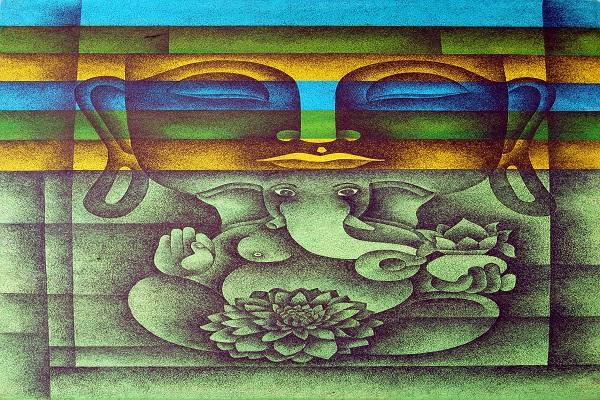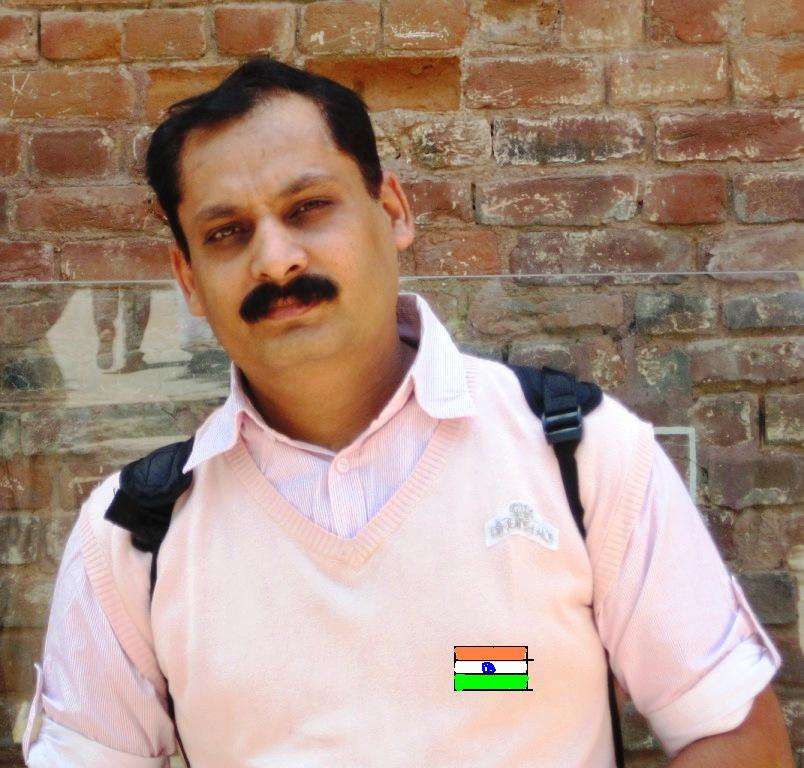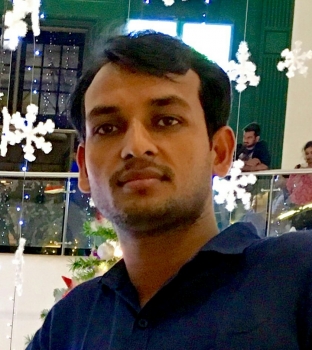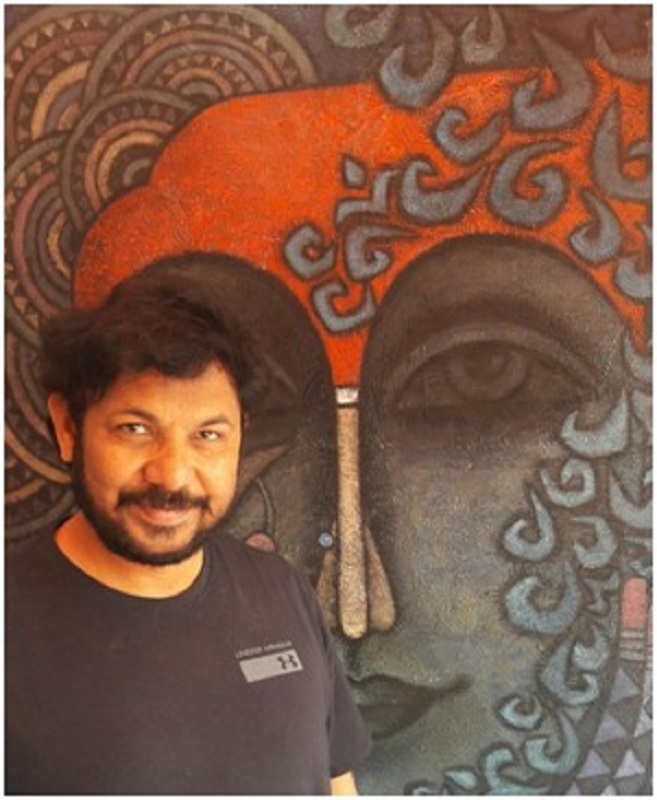
Indian Abstract art marked its presence in the early nineteenth century and spread its wings throughout the world. While people were being introduced to various art forms, Abstract Indian art took its place really fact successfully. While we think upon the rise of the same, let’s aim to learn about its origin and ensure a basic knowledge about Indian Abstract paintings.
What is abstract art: Abstract art as a movement is a breakaway from the conventional thought of representational paintings. This style of painting is non-figurative and non-representational that uses abstract elements such as shape, form, color, and texture to depict painting, sculpture, and/or graphic art. This visual art form is free from the subject matter and pictorial representational.
Abstract art was highly influenced by surrealism and cubism that focuses on visuality —imitation of the natural world. The artists plunge deeper into themselves and develop a pictorial representation of non-figurative art triggering three major art moments, namely, Romanticism, Expressionism, and Impressionism. Many Indian artists today sell paintings online of such art forms in online art galleries.
Based on its type and form, art experts have divided abstract art primarily into three categories:
- Cubism
- Neo-plasticism
- Abstract expressionism
Cubism is a widely recognized form of abstract artwork that uses geometrical and solid forms to represent its subjects. It is an influential art movement in the 20th century. In cubist artwork, the object is broken and assembled in an abstract form instead of sketching with freehand. The cubist technique was used by Pablo Picasso putting stress on color, line, and form.
Neo-plasticism form of abstract art was developed by the Dutch painter, Piet Mondrian depicting the austere and geometrical style of concrete art. The main element used in this style of art is straight lines or rectangular areas adding bold colors distinctly.
Abstract expressionism focuses on the spontaneous, automatic, and innate method of creating a painting. Jackson Pollock was the prolific artist who produced this form of artwork.
Indian Abstract Art and Paintings
Abstract expressionism became one of the significant trends in the post-independence period of Indian art. Many eminent and budding artists chose abstraction as a medium of their expression. The abstract form of artworks emerged in the modern art of India and played a significant role in the progress of Indian art. The abstract form of art is bent toward two methods; one is the reduction of natural appearance in the paintings and the second is an autonomous representation of art objects with the help of abstract elements.
The abstract modern art idea came to India in cubist and semi-cubist styles. This movement flourished during the 1960s and 1970s and encompassed a wide range of styles. An abstract art movement is a way of communication and expression of what an artist is thinking, which is depicted in form of an object. Abstract art paintings and drawings are a unique way to express ideas in a rapidly changing world. The form of abstraction gained huge popularity and was accepted by numerous eminent artists including Ram Kumar, Raza, Gaitonde, Padamsee, Sabavala, and Swaminathan. The conventional art form includes Batik, Bandhni, Warli, and Gond. However, abstract art gained the interest of millions of artists and art lovers across the globe and reached its apex in the first two decades of the 20th century. This form of art exposed pure paintings without illustrating the subject matter or motif of the painting.
VS Gaitonde features prominently in the list of famous Indian abstract artists. A product of the JJ School of Art, Mumbai, Gaitonde was an instrumental figure in starting the abstract art movement in India. Like most of his contemporaries, he too was a member of the Progressive Artists Group of Mumbai and worked with leading artists of the time to create a unique identity for himself and abstract art in India. He organized several art exhibitions on abstract art in India which inspired several young artists to experiment with this art form. He also participated in exhibitions on international shores like the Museum of Modern Art, New York. Gaitonde was awarded the first prize at the Young Asian Artists Exhibition, Tokyo and the Rockefeller Fellowship followed in the year 1964. He was also awarded the Padma Shri by the Government of India in the year 1971.
Artists like Gaitonde led to a surge in young artists who took up this form in India. Today, several Indian artists draw abstract art and sell paintings. People interested in buying good quality abstract art for their living space should visit online art galleries and look for abstract art according to their choice and home theme. Some of these art galleries also provide expert advice to buyers and as such buyers can get good quality advice before they make a purchase. These advances in art buying have been made possible due to technology. So, if you are an art lover, get online now and buy an abstract painting of your choice.
Wrapping up:
Abstract art can be characterized as art that does not offer an accurate depiction of a visual reality but strives to depict it using a range of visual signals such as colors, forms, shapes, and gestures. It is free-flowing, borderless, and unorthodox. In today's art world, abstraction can be seen in a variety of forms.





















